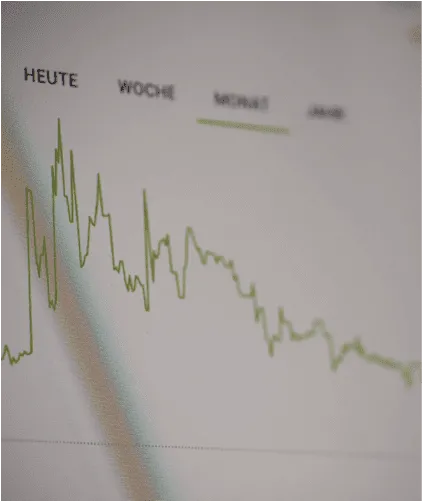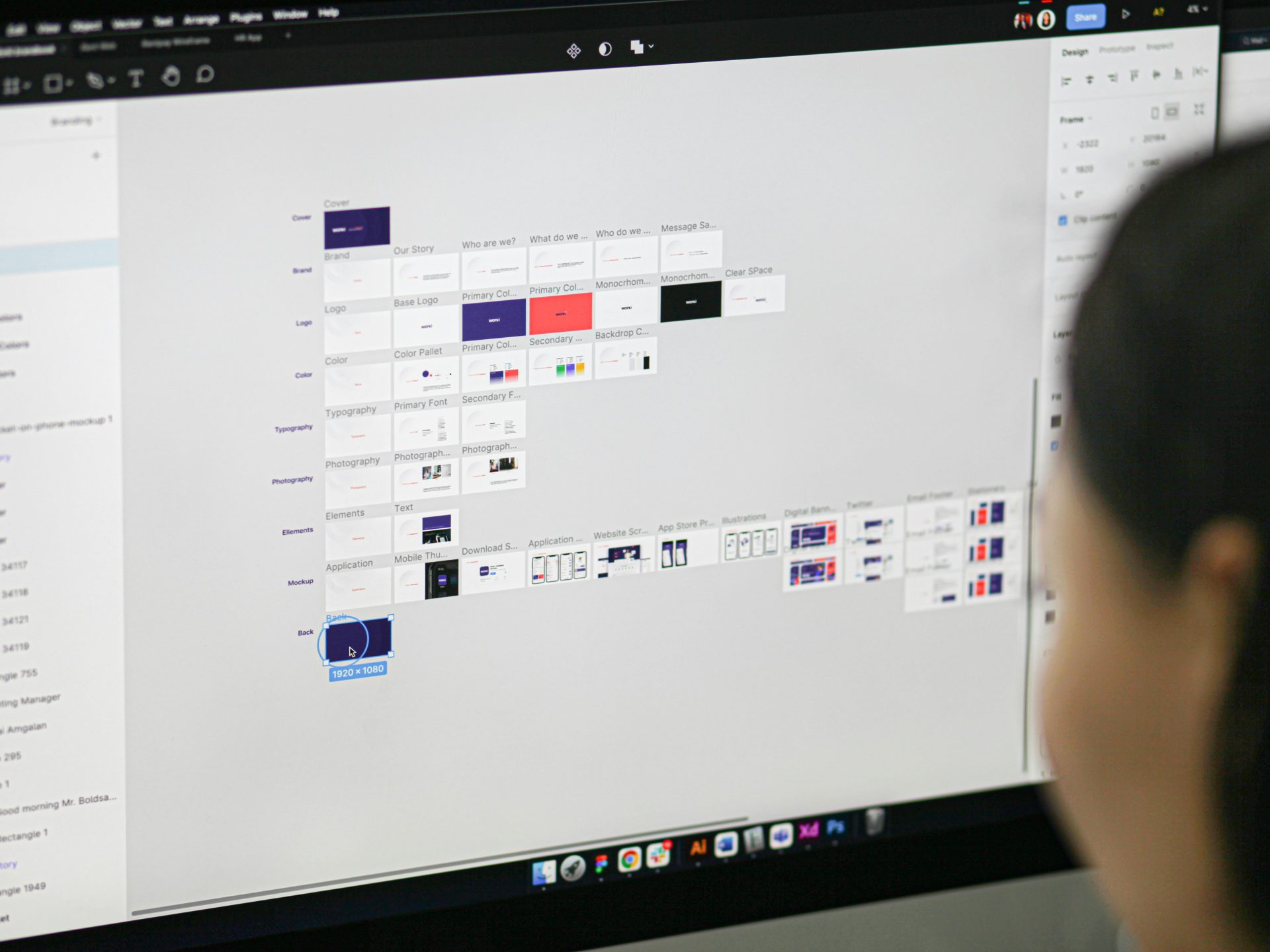Conversion rate optimization is all about getting the traffic that visits your website to do something that takes them closer to making a purchase. It could be clicking a Buy Now button, handing over their credit card details, and actually purchasing something in your online store, but this is only one type of conversion. Others include signing up to your email list, requesting a quote, requesting a callback, or phoning your business.
So, conversion rate optimization is a pretty big deal. It can make the difference between a successful website, a moderately successful website, and an unsuccessful one. As a result, it is one of the main questions that businesses ask digital marketing experts: “What can I do to get more people on my website to convert?”
Most websites can do additional things to increase conversions, but there are usually also a number of other things that they should stop doing. Here is a list of three critical conversion rate optimization dos, and equally critical conversion rate optimization don’ts.
Conversion Rate Optimisation Do’s
- Do Apply The KISS Principle
KISS is an acronym that was introduced to the world in 1960 by the US Navy. Its original meaning was “keep it simple, stupid”, although more political correct types have altered it in recent years to “keep it short and simple”. Either way, the message remains the same.
The idea is that the overriding principle of your website should be simplicity. That means you should review your website and remove anything that adds complexity or is a distraction.
It is all too easy to make a website complex. After all, coders and designers can do almost anything so it is not hard to find and develop cool features to add to your website. Also, you might have great ideas which you think help your customers, increase traffic, or keep people interested.
Are these things really help to answer the user’s question, though? Is there any way that you can simplify your website while still retaining the core message? That core message is that you understand the desires or problems of your visitors and that you have a solution. Anything that doesn’t contribute directly to this should be thrown out.
- Do Ask And / Or Test
Your website visitors are the best source of information when trying to work out ways to increase conversions. The main options you have are to ask them directly and to do A/B testing.
Asking them directly is the easiest but most labor-intensive way of finding out what it is really like to visit your website, as opposed to what you think it is like. Here are some ideas:
- Put a small, discreet popover on your website asking the visitor if they would be prepared to complete a survey on their experience of using the website. You could offer them an incentive for doing this, like entry into a competition.
- Get a focus group together and observe them actually using your website. This doesn’t have to be a large number of people, and they should not be the sort of person who has a vested interest in the website who might give an overly positive opinion. You want people who will tell you the truth.
Both of these options will highlight sticking points on your website. These are a good place to start improvement work. A/B testing is your other option. This involves split testing particular elements of your page. For example, you could create two PPC campaigns with the same heading and text, but that link to different pages. On one page your Sign Up button is green and the other is red. You then analyze Google Analytics to see which one generates the best results. This is a continuous process and should become part of your regular routine.
- Do Improve Your Copy
The copy on your website is incredibly important to conversion rate optimization. Here are some of the questions you should ask:
- Is the tone of your copyright?
- Is it positive enough with plenty of action words?
- Is it too short?
- Is it too long?
- Does it stray off-message?
- Is it SEO optimized?
- Does it look good on mobile devices?
- Is it quick to read?
- Does it address your core message?
- Is the value proposition clear?
- Is it clear from the copy what the visitor should do next?
Conversion Rate Optimisation Don’ts
- Don’t Over-Do Forms
Ask any digital marketing professional and they will tell you that in most businesses, the money is in the email list. It is therefore important to build up your email list and one of the main ways of doing that is through website forms. Don’t make these mistakes though:
- Having too many forms
- Not including a back or close button – don’t force the user to enter their email to read your free content, and don’t make it hard for them to find out how to remove the form to continue
- Asking for too much information
Think of your form as being at the top of your sales funnel. You can collect more information from the visitors as they move down the funnel, but keep it as simple as possible at the top.
- Don’t Make Common Call-To-Action Mistakes
The call-to-action is crucial to any conversion rate optimization strategy. Here are the mistakes you should avoid:
- Using text links instead of buttons
- Using bland, boring colors for buttons
- Putting the buttons in positions where they are hard to find
Your calls-to-action should be in buttons with simple, clear text: Buy Now, Download Now, Sign Up Now, Find Out More, etc. The button should be an attention-grabbing color, and it should be easy to find. This means above the fold and, very often, in multiple locations on the page.
- Don’t Use Text-Only
Most modern websites use text and images on their pages, and sometimes video as well. If you are not doing this you should start but even if you are there are things you might be able to do with the content and media on your page that increases conversions.
For example, does the video on your page directly help a visitor to your website make a buying decision? If the video is a how-to guide, the answer to this is probably no so you should consider moving it. Also, do the images on your page contribute to a buying decision, or are they just there for window dressing? If it is the latter you should consider changing them.
Moving Forward
Conversion rate optimization is a large and complex topic, but if you focus on these three dos and don’ts you will be able to start making immediate improvements.








